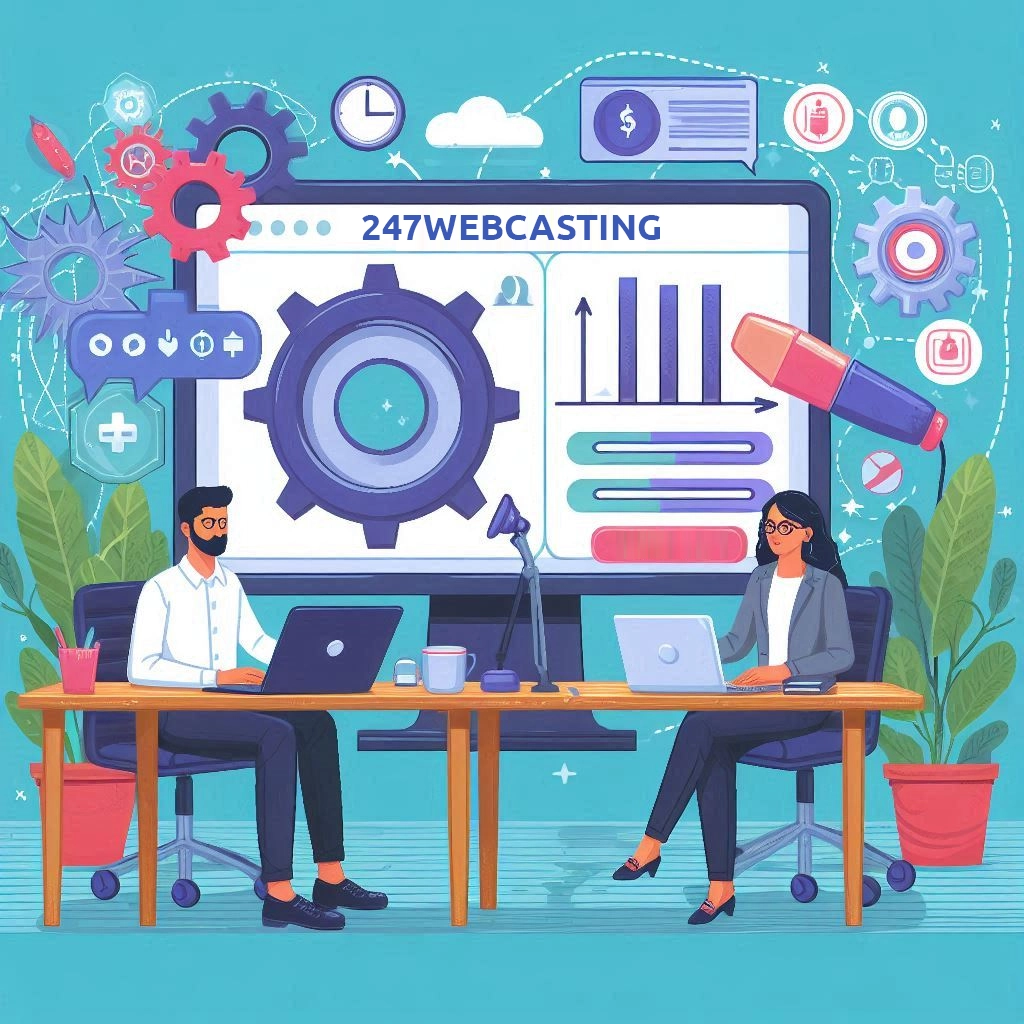In the rapidly evolving digital landscape, webinars remain one of the most powerful tools for lead generation. As businesses seek new ways to engage audiences and gather valuable data, webinars provide a versatile platform that combines direct communication, interaction, and analytical insights. In 2025, the potential for webinars in lead generation is greater than ever — with advanced technology, improved platforms, and enhanced integration with CRM and marketing automation tools.
In this article, we’ll explore five key reasons why webinars are essential for lead generation and provide actionable tips to maximise their impact.
What Are Webinars?
A webinar is an online presentation that combines audio or video with slides, interactive elements (like Q&A, polls, and surveys), and real-time communication with the audience. Webinars are typically hosted on dedicated platforms that offer built-in registration forms, analytics, and engagement tracking.
Modern webinar platforms allow seamless integration with Customer Relationship Management (CRM) and Marketing Automation (MA) systems, making it easier to collect and analyse valuable user data. Unlike traditional marketing content (like whitepapers and reports), webinars provide two-way communication, allowing real-time feedback and deeper audience understanding.
5 Reasons Why Webinars Are Perfect for Lead Generation
1. Purpose-Built for the Digital Age
Webinars are one of the few marketing assets built specifically for the internet era. While other content types (like whitepapers and infographics) were adapted for digital use, webinars are designed from the ground up for online interaction. This makes them highly effective for capturing leads through registration forms and engagement tracking.
By offering valuable insights and live interactions, webinars incentivise registration — leading to higher-quality leads and more valuable data.
2. Multi-Format Flexibility
Webinars can be customised for different stages of the sales funnel:
- Top of the Funnel: Thought leadership content presented through low-cost audio webinars to attract a wide audience.
- Middle of the Funnel: Product demos, case studies, and Q&A sessions to nurture leads and build trust.
- Bottom of the Funnel: High-quality video content with expert commentary to help leads make a purchasing decision.
Modern webinar platforms allow businesses to host live, on-demand, and simulive events — providing flexibility based on audience behaviour and engagement.
3. High Engagement and Interactivity
Unlike static content, webinars are inherently interactive. Attendees can ask questions, participate in polls, and engage directly with presenters. This creates a two-way communication channel that increases trust and audience involvement.
Real-time engagement also provides deeper insights into audience behaviour and interest levels, which helps in qualifying leads and improving follow-up strategies.
4. Advanced Analytical Insights
A good webinar platform tracks valuable data, including:
✅ Lead source (social media, email campaigns, PPC ads)
✅ Registration page conversion rates
✅ Attendee engagement (poll responses, Q&A activity)
✅ Duration of attendance
✅ Follow-up engagement post-webinar
These insights allow businesses to fine-tune their lead generation strategy and identify high-value prospects for targeted outreach.
5. Easy Integration with Marketing and Sales Tools
Modern webinar platforms integrate with CRM and MA tools, creating a seamless data loop between marketing and sales.
For example, leads generated through webinars can be automatically fed into a CRM system, where they are scored and qualified based on engagement.
Follow-ups can then be automated based on attendee behaviour — maximising the chances of conversion.
Practical Webinar Tips for Lead Generation
✅ Run a Co-Marketing Webinar: Partner with another brand or influencer to increase reach and attract a broader audience. Shared effort means lower costs and more leads.
✅ Define a New Metric: If you already track engagement and conversion rates, introduce a new metric like “conversion from Q&A participation” to refine your lead qualification strategy.
✅ Compare Performance: Analyse how webinars perform compared to other lead generation tactics (e.g., whitepapers). Adjust your content strategy based on the highest-performing format.
✅ Target All Sales Funnel Stages: Don’t just create top-of-the-funnel content. Use different webinar formats to target middle and bottom-funnel leads with more detailed content.
✅ Repurpose Webinar Content: Turn recorded webinars into blog posts, video clips, infographics, and social media snippets to extend their value and reach.
Conclusion
Webinars remain one of the most powerful lead generation tools available to businesses today. Their interactive nature, flexibility, and data-driven insights make them superior to other content formats.
By understanding how to target different sales funnel stages and using advanced webinar platforms, businesses can generate high-quality leads and improve conversion rates.
If you’re ready to elevate your lead generation strategy, contact 247 Webcasting today to schedule a demo and see how our advanced webinar platform can transform your business.




